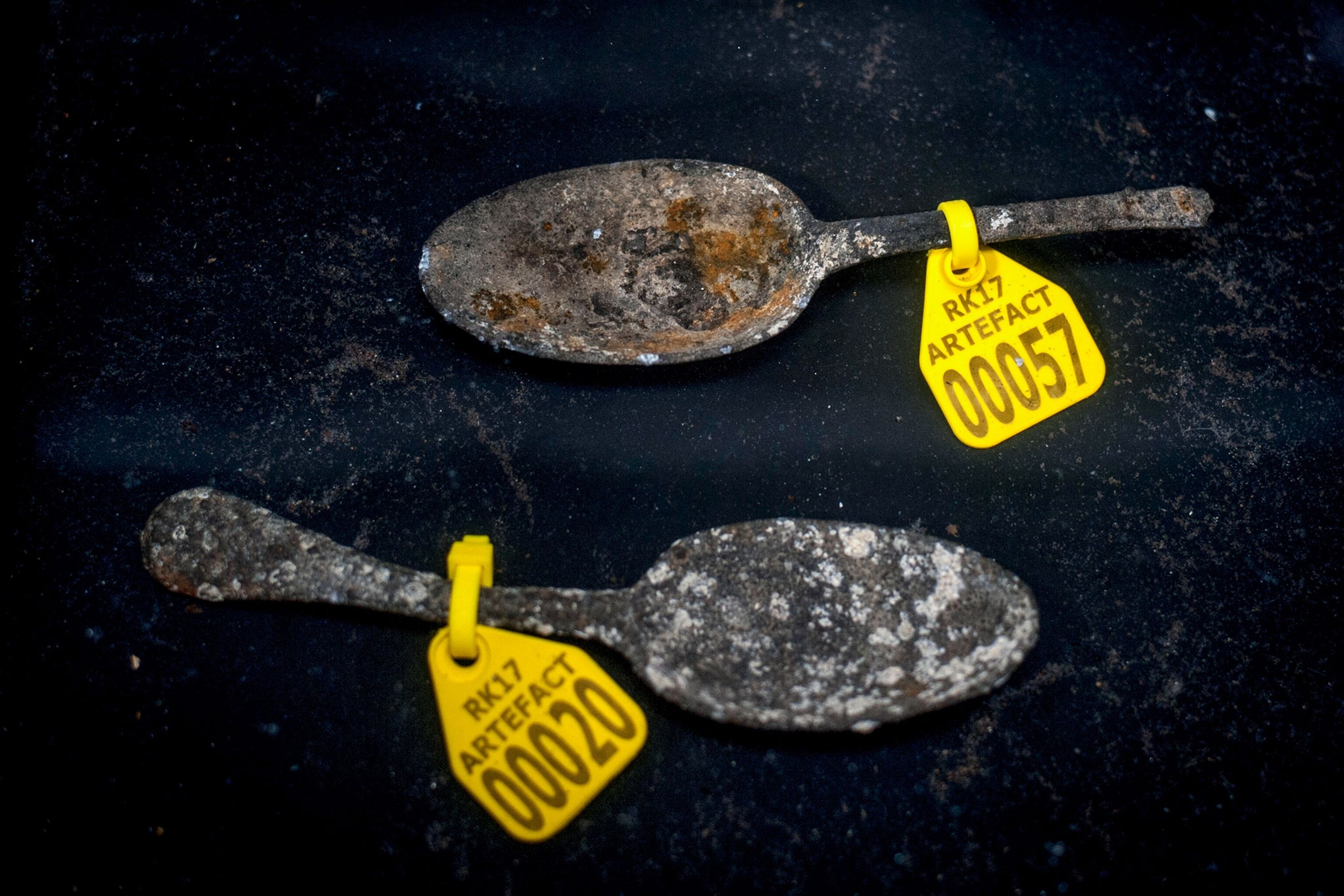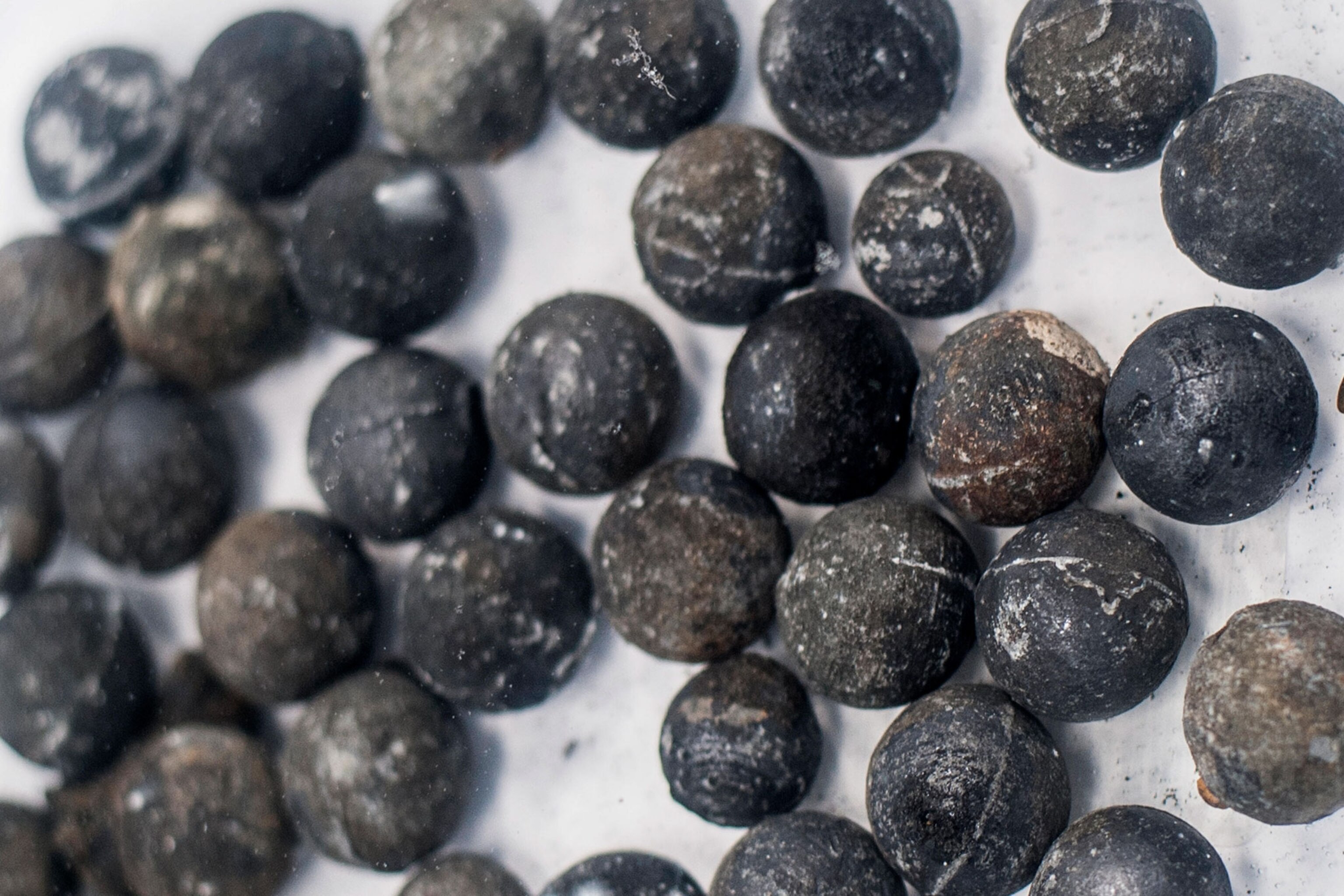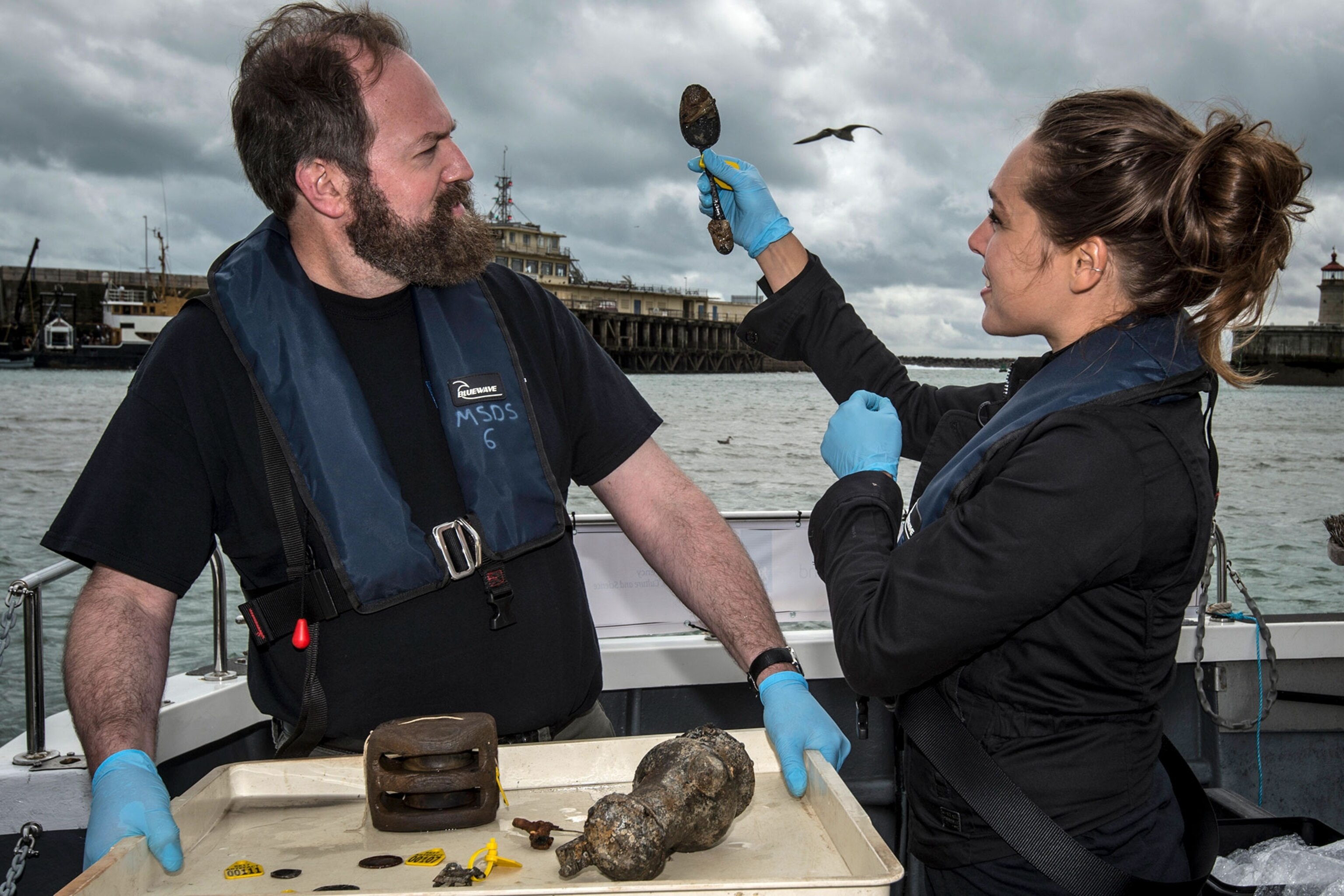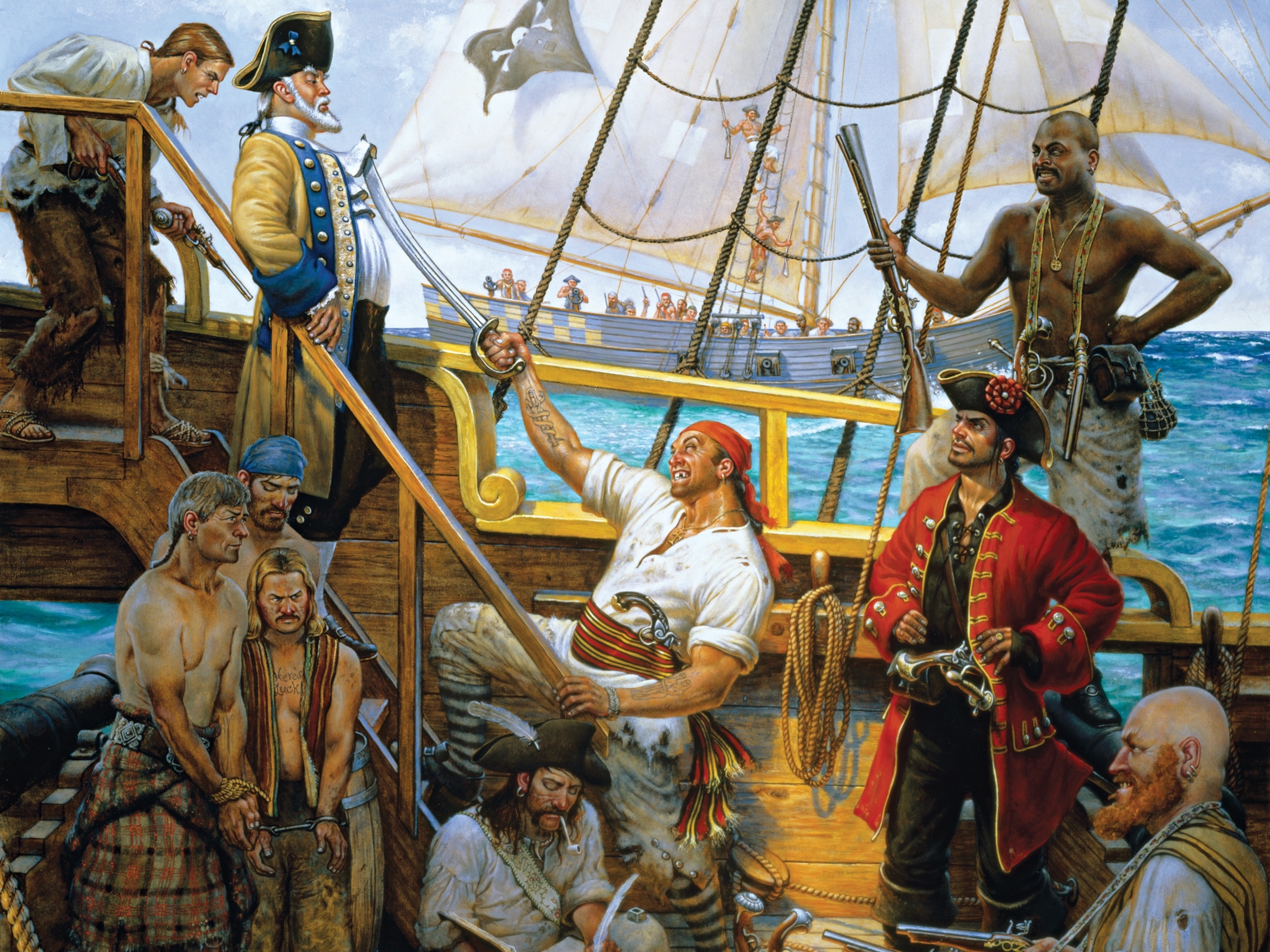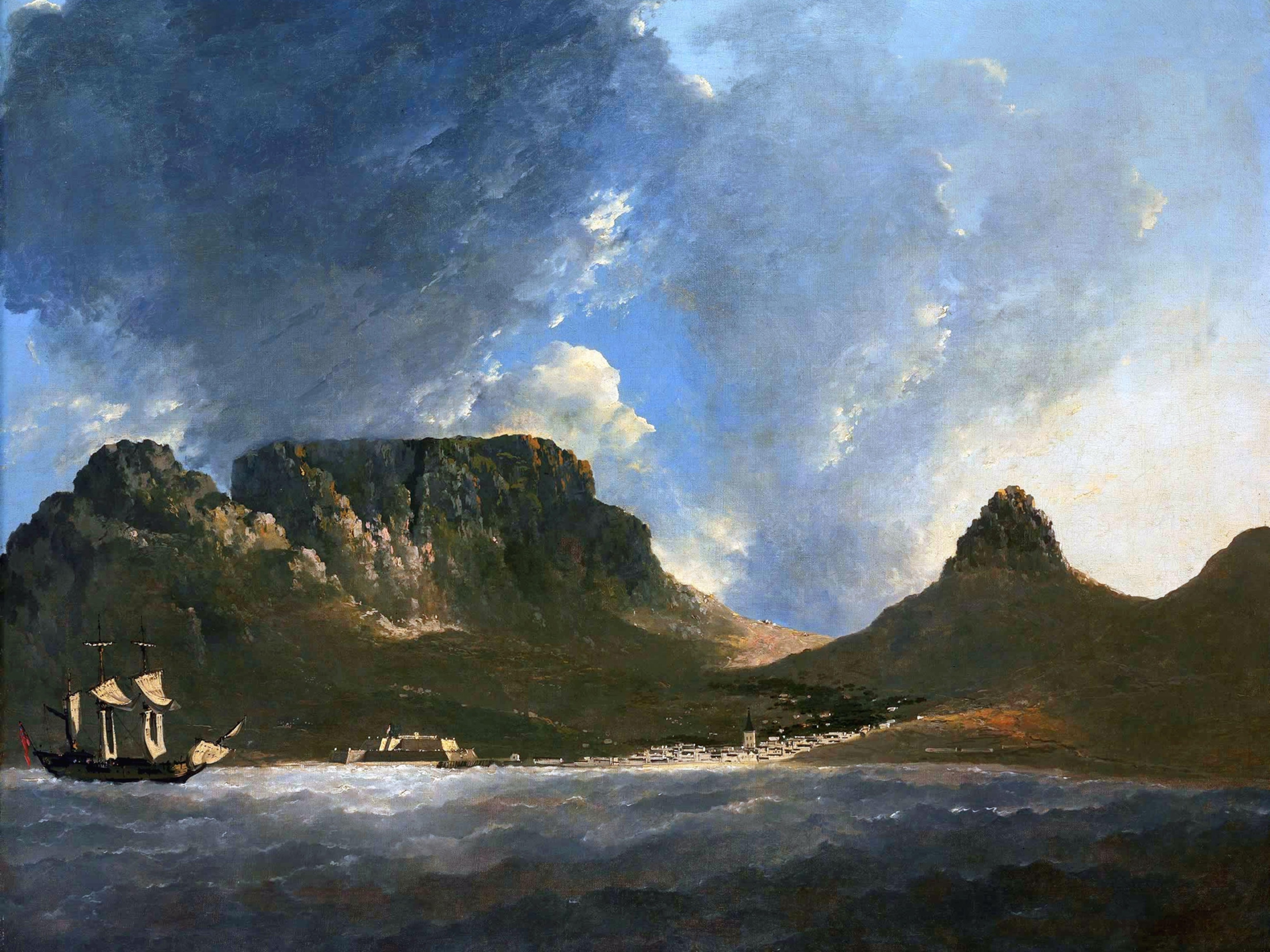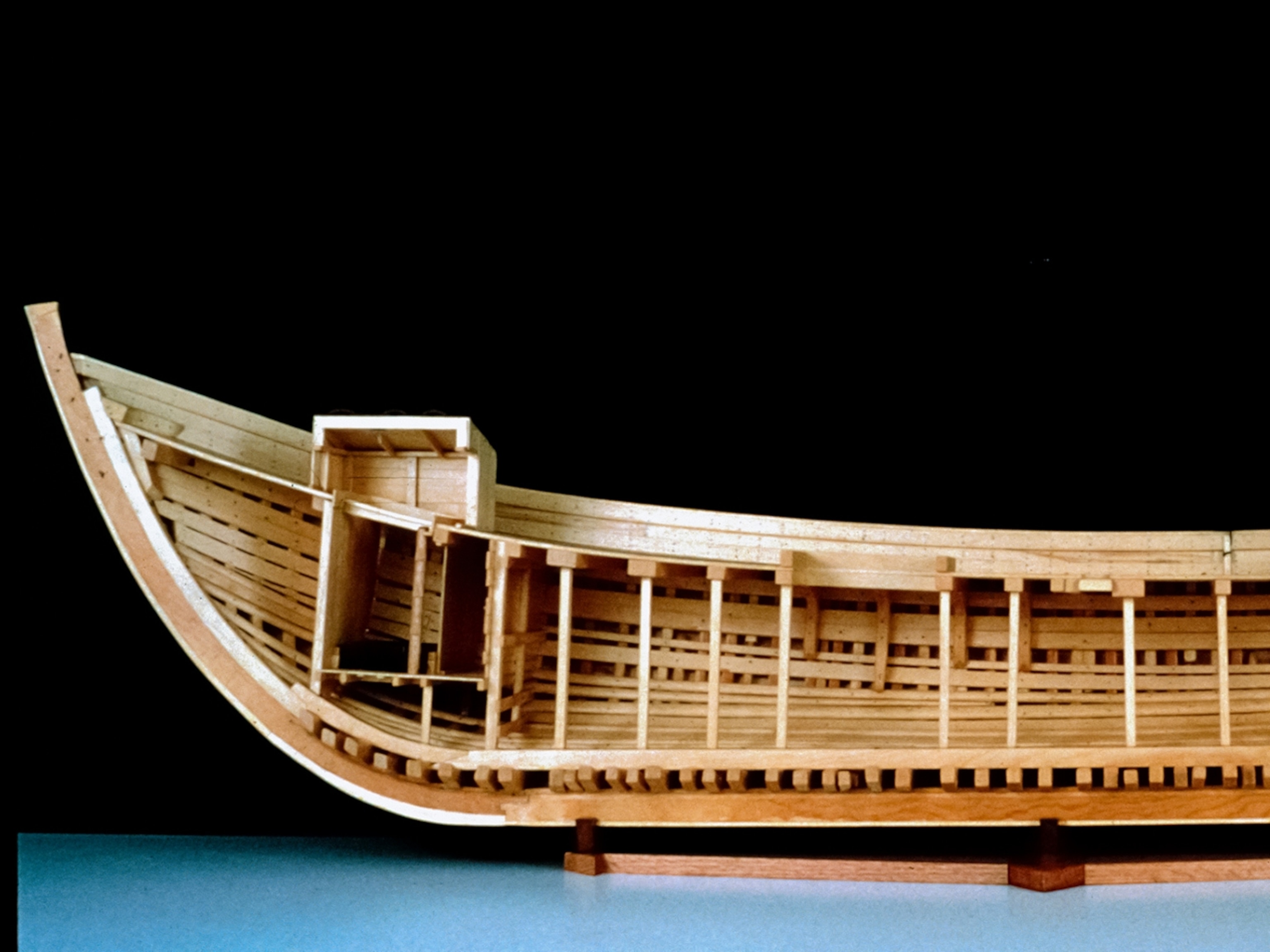Mysterious ‘Treasure Chest’ Found in Historic Shipwreck
Silver coins, pewter jugs, and personal belongings are also among the remains of the Dutch East India Company trading ship that sank in 1740.
During January of 1740, the Rooswijk, a Dutch East India Company trading ship, set sail for Jakarta and was never seen again. It wasn't until days later, when letters and personal items from the ship's passengers washed ashore, that the English government realized it had sunk to the bottom of the ocean just off the coast of Kent, England.
All of the sailors and passengers aboard the ship, nearly 250 in total, died.
Why the ship sank is a mystery, but a recent expedition to explore the ship's remains has turned up a number of artifacts, chief among them a large seaman's chest whose contents remain yet to be determined.
The remains will be examined by Historic England, a cultural arm of the English government managing the excavation on behalf of the Dutch government (which retains rights over the ship and its belongings).
Alison James is one of the marine archaeologists involved in the dive. She explained to National Geographic that to understand the chests remains, the team plans to use x-ray scanners. Prying into the chest could destroy the centuries-old artifact.
"There are several chests. The biggest is about a meter long," she said. "They could contain anything—sword blades, metal, smaller personal items, or even silver."
Preliminary excavations in 2005 unearthed a number of silver coins that were handed over to the Dutch government. While the precise amount is unknown the ship it thought to have set sail with a large amount of silver ingots and coins to trade for spices and porcelain. Sailors were also known to smuggle silver or other valuable goods.
It's possible the waterlogged chests contain remnants of the lost ship's treasure—or it's possible they contain nothing, James says. It may be several more months, however, before the contents are known.
In addition to the mysterious chests, marine archaeologists found pewter jugs, spoons, glass bottles, ornately carved knife handles, and shoes.
For James, these personal items are what intrigues her the most. The opportunity to learn more about the trading practices of the ship's crew or understand the personal lives of the ship's passengers could paint a detailed picture of life during this time period, noted James. Of the ship's passengers, only 11 have been identified, but their names have not yet been released.
During its existence, the Dutch East India Trading Company had 250 shipwrecks, but only a third have been found. Researchers from Historic England claim the Rooswijk excavation is the first of these to be conducted on such a large scale. The archaeology team chose this location because changing currents and sands threatened to expose the ship's remains, making it vulnerable to thieves.
Excavations will continue throughout September.
"It's incredibly breathtaking," James said of swimming through the 277-year-old remains. "All this stuff is no longer out of reach."
